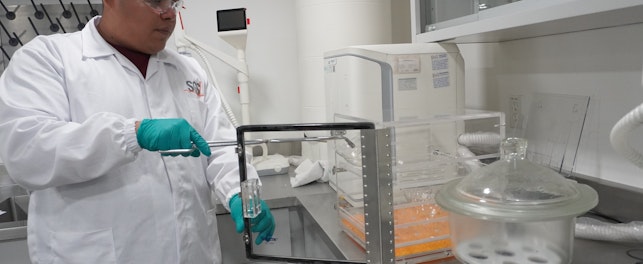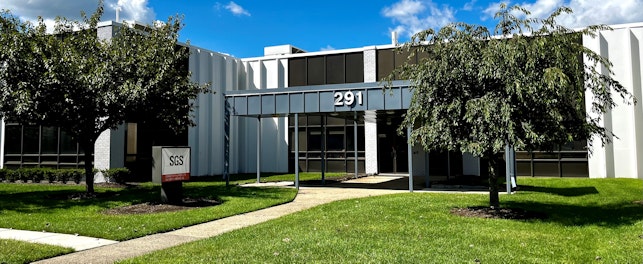Sustainability claims are ubiquitous and many of the products we buy are now labeled with ambiguous statements such as ‘safe’, ‘lower environmental footprint’ or ‘lower impact on society & the environment.’ While these statements sound good, as a consumer it is crucial to be able to discern whether the product genuinely meets the claim.
What are impact communications?
The purpose of all communication is to have an impact. Whether it is explaining a complex theory to a reader or listener, or an advertisement displaying the level of real fruit in a juice, all communication is about impact. It is about influencing situations, people or the environment, in either a positive or negative way, with the intended outcome of changing behavior or perception. In the context of business, impact goes further and often refers to the measurable or observable consequences of an action, decision, policy or communication.
In terms of sustainability claims – environmental, societal and economic impacts – communications are designed to achieve two things. Firstly, it aims to spread the story the company wishes to tell – for example, ‘as a company we have reduced our carbon emissions by X% annually.’ This will boost the organization’s reputation amongst all stakeholder groups.
Secondly, because consumers are increasingly looking to buy from environmentally conscious companies, it hopes to influence their purchasing behaviors. A 2021 study found that 61% of core millennials (aged 27 to 32) actively seek to buy from businesses that could demonstrate sustainability.1 Moreover, they are willing to pay more for it – up to 30% more in some cases.2
Companies that can communicate effectively around sustainability therefore have the opportunity to build a loyal customer base.
Misleading claims
Of course, just because a product carries a claim does not mean it is completely true. A 2022 survey of products available on European Union (EU) markets found that 75% now carried an environmental claim or label, but that 42% of these could be classified as false or deceptive. Terms such as ‘conscious,’ ‘eco-friendly’ or ‘sustainable’ were found to be ambiguous, conveying a general impression of sustainability without providing quantifiable evidence that their manufacture, distribution and sale had a reduced impact on the planet.3
For example, today’s consumer product landscape is filled with labels, hangtags and logos that talk about recycling, closing the loop and the circular economy. This seems to be highly beneficial for the planet, but the reality is, even using the latest technology, we are less than 1% of the way towards achieving these goals in terms of the life cycle of a textile garment.
However, this is a nuanced problem and recycling can be a two-edged sword. On the one hand, recycling plastic bottles into textiles is better than sending them to landfills, but on the other hand, once a plastic bottle is converted into a textile it cannot be repurposed again. To truly ‘close the loop,’ the plastic bottle needs to be recycled again and again as a plastic bottle.4
What is true impact?
Impact categories provide a framework for assessing and understanding the impact of a company, product or process on the environment, society and the economy. They can be used in environmental impact assessments, life cycle assessments and sustainability reports.
True transparency can only be achieved if there is a common understanding of what these categories – environmental, societal and economic impacts – mean and encompass.
Environmental impact covers factors such as climate change, resource depletion, energy, water and land use, biodiversity loss, air pollution, waste generation, ecotoxicity, acidification, eutrophication and ozone depletion. Societal impact covers employment and livelihoods, health and well-being, education and capacity building, social equity and inclusion, cultural heritage and identity, community empowerment and participation, social cohesion and relationships, safety and security, and human rights and social justice. Finally, economic impact covers economic growth, employment generation, income distribution, poverty alleviation, access to basic services, infrastructure development, investment and finance, resource efficiency, innovation and technology, market access and trade, entrepreneurship and small business development, and value chain development.
To achieve true impact, there needs to be interconnection between these three impact categories – the triple bottom line of sustainability. Understanding and managing this interconnection is crucial for achieving sustainable development. If a company only focuses on one aspect, there is a real risk this could have a negative impact in other areas. For example, only focusing on economic growth could lead to higher energy use, greater resource depletion and more greenhouse gas (GHG) emissions.
True impact can therefore only be achieved through a holistic approach that considers all three categories equally.
SGS solution
bluesign®, a member of the SGS group, provides tailored solutions that support every player in the textile supply chain – from chemical supplier to brand – including impact services on the facility, product and supply chain levels.
Solutions offered to bluesign® System Partners, include:
Textile manufacturers:
- Company assessment and rating
- Impact report and dashboard (CUBE annually)
- eKPI assessment
- Chemical (inventory) assessment
- Product benchmarking (only on request); In project: material impact calculator (MIC)
Chemical suppliers:
- Company assessment and rating
- Chemical product assessment (homologation)
Brands:
- Brand assessment and rating
- Brand impact report
- Product benchmarking (only on request)
Whether a business is a bluesign® System Partner or not, all operators can benefit from stand-alone solutions available through the bluesign® Academy.
Services include:
- Corporate carbon footprint (CCF)
- Product carbon footprint (PCF)
- Process impact reporting (eKPIs)
- Sustainability reporting
Data integrity is crucial to being able to provide these services. Primary data must be collected from chemical suppliers, manufacturers and brands, and when this is not available, secondary data must be accessed from life cycle assessment (LCA) databases.
Our data quality assurance solutions are aligned with the Together for Sustainability (TfS) Guidelines for PCF and Product Environmental Footprint Category (PEFCR). They enable the effective monitoring and management of textile supply chains through the communication of trusted data.
We are the trusted partner for the textile industry, offering reliable and accurate tools for communicating impact, ensuring claims are substantiated and avoiding the transmission of misleading information.
Enjoyed this article?
Find more news and updates in our Consumer Compact newsletter >
Delivered direct to your inbox
Subscribe to Consumer Compact >
References
1 Global Consumer Insights Pulse Survey June 2021 – The global consumer: Changed for good | PwC
2 Global Consumer Insights Pulse Survey June 2023 | PwC
3 Greenwashing: your guide to telling fact from fiction when it comes to corporate claims (europa.eu)
4 EXPOSED: Major high-street brands accused of greenwashing as polyester clothes made from recycled plastic bottles are shown to be environmentally disastrous
© SGS Société Générale de Surveillance SA.





